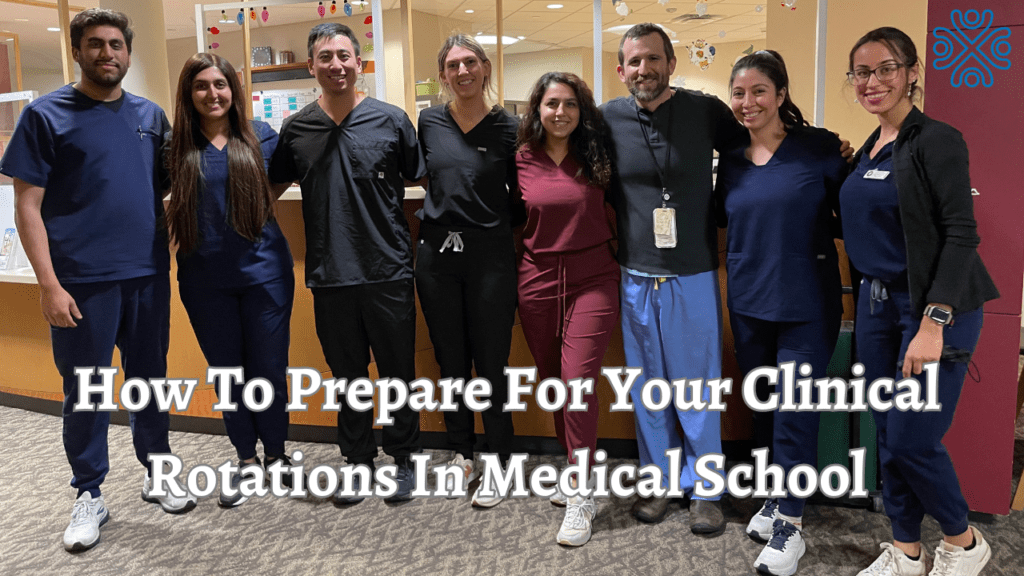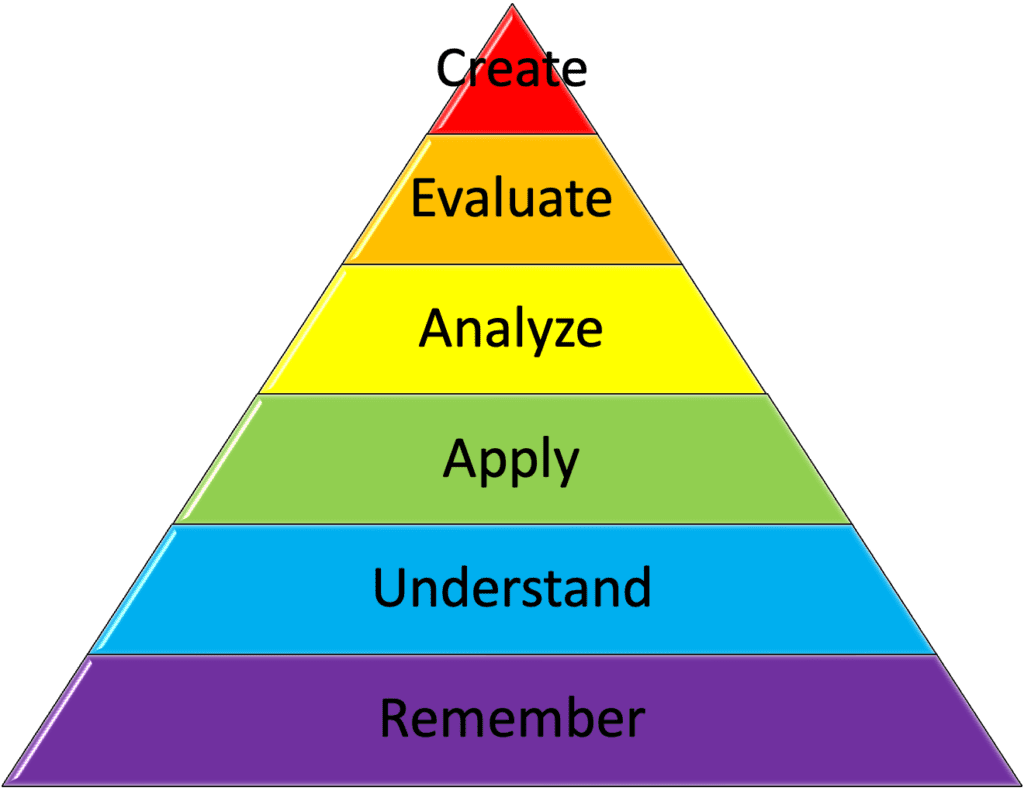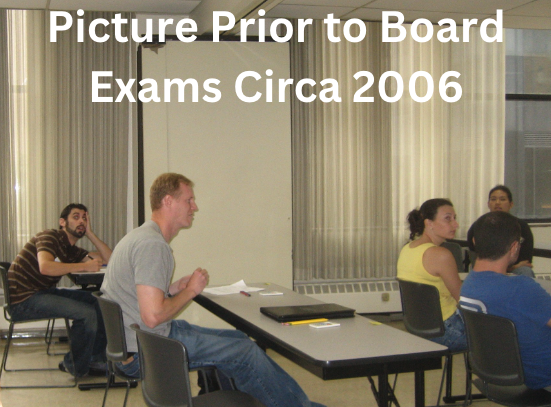Authored by Dr. Leland Jaffe; Associate Dean and Professor; Published on September 15th, 2024
Starting clinical rotations is an exciting yet challenging phase for medical students.
This period marks the transition from classroom learning to real-world patient care. To make the most of this experience, it’s crucial to prepare effectively. In this blog post, we’ll explore some valuable tips to help you navigate your clinical rotations with confidence and success.
1. Understanding The Expectations Of The Clinical Rotations
Before starting clinical rotations, familiarize yourself with your program’s and clinical supervisors’ expectations. Understand the objectives, learning outcomes, and evaluation criteria for each rotation, which are usually outlined in the syllabus. This clarity will help you align your goals and priorities accordingly throughout your rotation. It’s also a good idea to speak to students who have previously spent time at that hospital to inquire about their experiences and how to best prepare. If others provide insight about a hospital rotation and the phrase starts with “I heard that….”, I wouldn’t take this advice very seriously.
2. Reviewing Clinical Skills:
Brush up on essential clinical skills such as taking patient histories, performing physical examinations, and interpreting diagnostic tests. Practice skills like suturing, hand ties, casting, and patient communication to build confidence for real-life scenarios. Gaining confidence in these types of skills will help make a smooth transition from the classroom to the clinic. Remember that you’re not expected to know everything while on rotations. Still, self-directed learning is a skill that you’ll be expected to develop and implement throughout these rotations and beyond.
3. Studying Core Concepts:
Focus on core medical knowledge relevant to the specialties you’ll encounter during rotations. I would recommend researching the program director and other faculty members with the residency programs to learn more about their particular interests, as these are the types of questions you’re most likely to encounter while on their rotation. Start preparing for open-ended questions, as you’re more likely used to multiple-choice questions while in your didactic courses at medical school. A successful transition to this different thought process takes time and needs to be practiced so you can showcase your knowledge effectively while on rotation.
4. Developing Professionalism:
Cultivate professionalism by demonstrating respect, empathy, and ethical conduct in all interactions with patients, colleagues, and healthcare staff. Practice effective communication skills, active listening, and teamwork skills essential for collaborative patient care. I would encourage you to treat all hospital staff (nurses, medical assistants, transporters, and other healthcare workers) with the same level of respect as the clerkship directors and other clinical educators. This point seems obvious, but can often be overlooked while on clinical rotations.
5. Embracing the Learning Environment:
Approach each clinical rotation with a growth mindset and a willingness to learn from every encounter. Be proactive in seeking learning opportunities, asking questions, and seeking feedback from preceptors and mentors. Take advantage of diverse patient cases and clinical experiences to broaden your knowledge and skills. Remember that it’s okay to make mistakes, but you must learn from them and grow each day.
6. Managing Time Effectively:
Clinical rotations can be demanding, requiring efficient time management and organization. Develop strategies for prioritizing tasks, managing patient workload, and balancing clinical responsibilities with study time. Utilize tools such as calendars, to-do lists, and digital resources to stay organized and focused. I consistently update my Google calendar and use virtual sticky notes on my MacBook to help keep me organized and on track with my responsibilities.
7. Maintaining Self-Care During Clinical Rotations:
During the rigors of the clinical years, prioritize self-care to prevent burnout and maintain physical and mental well-being. Establish healthy habits such as regular exercise, adequate sleep, nutritious eating, and stress management techniques. Seek support from peers, mentors, and counseling services if needed. Remember that asking for help is a sign of strength and not a weakness. Clinical faculty are there to support you during your medical training, make sure to reach out if you need their assistance.
8. Reflecting on Experiences:
Take time to reflect on your clinical experiences, patient interactions, and learning moments. Journaling or debriefing with peers can help process emotions, identify areas for improvement, and celebrate successes throughout your rotations. Use reflection as a tool for continuous self-improvement and professional growth in this new clinical role.
What if you don’t know an answer while at clinical rotations?
If you find yourself unsure of an answer during rounds or surgery, first and foremost, you need to remain calm and composed and try to keep a positive attitude. You can acknowledge your uncertainty by saying something like, “I’m not entirely sure, but I’ll look into it and get back to you.” (Make sure to circle back around to the attending who presented the question to you). This demonstrates honesty and a commitment to learning. You can then make a note of the question or topic and research it thoroughly afterward to enhance your understanding. Additionally, you can seek guidance from your peers or teaching attendings to gain further insights. The worst thing to do is guess and start making up answers – this will be obvious to your teaching attendings.
How Can Teaching Faculty Help Students Adapt To The Clinical Phase of Their Education?
Clinical faculty play a crucial role in supporting medical students as they transition from didactic learning to clinical rotations. During this phase of medical education, students are introduced to the realities of patient care and must quickly adapt to the new environment. Clinical faculty can provide guidance, encouragement, and mentorship to help students navigate this transition successfully. By offering constructive feedback, sharing clinical experiences, and serving as role models, clinical faculty help instill confidence in students and reinforce their learning. Moreover, clinical faculty can create a supportive learning environment where students feel comfortable asking questions, seeking clarification, and expressing their concerns.
I’ve served in a teaching role for the entirety of my medical career thus far, and I understand that learning to teach students and residents in the clinical setting takes time. I understand that the faculty role takes patience and can be frustrating at times. There are several qualities I feel that contribute to being an effective teaching attending in a clinical setting. First and foremost, a good teaching attending should possess strong clinical expertise and knowledge in their specialty area (this seems like an obvious one). This expertise allows you to provide accurate and up-to-date information to medical students.
Additionally, effective communication skills are essential for explaining complex medical concepts clearly and understandably. Teaching attendings should also demonstrate patience and empathy towards medical students, recognizing that learning takes time and that students may have varying levels of experience. Finally, a good teaching attending fosters a supportive learning environment, encouraging active participation, collaboration, and professional growth among medical students. I often take advantage of professional development opportunities within my institution to learn best practices and collaborate with other health professionals who are directly involved in student education.
How To Best Prepare For Clinical Rotations In Medical School: Conclusion:
Clinical rotations offer valuable opportunities for medical students to apply classroom knowledge in real healthcare settings, build clinical skills, and develop as future healthcare professionals. You’re going to have many new experiences during these years, and remember that there are many available resources to help support you throughout your journey in higher education. By adequately preparing, embracing learning opportunities, and prioritizing self-care, you can make the most of your clinical rotations and lay a strong foundation for your medical career.
Are you ready to make the transition from basic sciences to your clinical education? To those individuals already in clinical practice, what advice would you provide to current students on rotation? To the medical educators, what new strategies have you employed to help advance the education and training of our students? Comment below!







